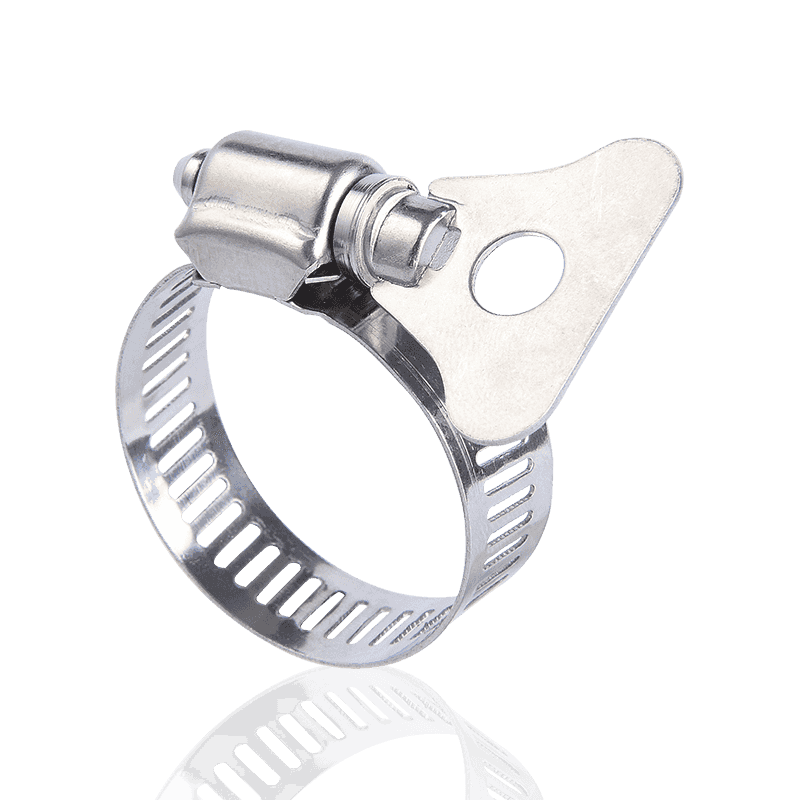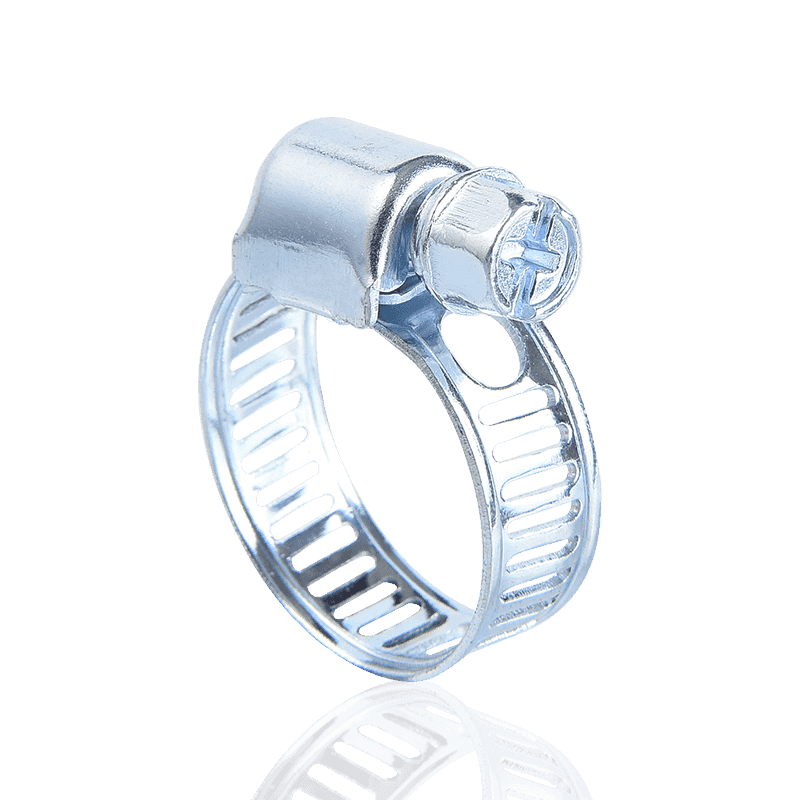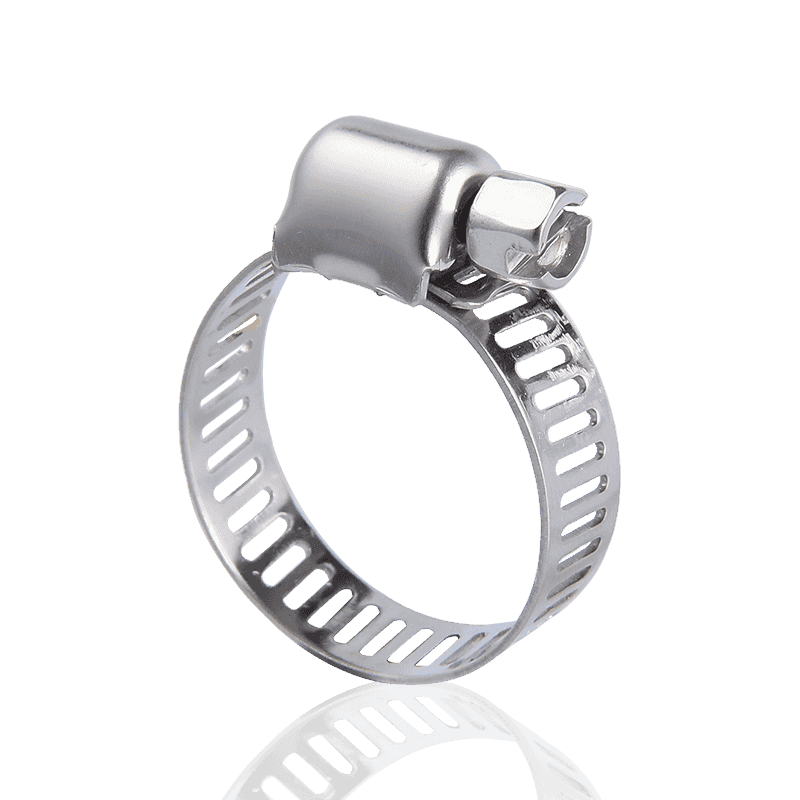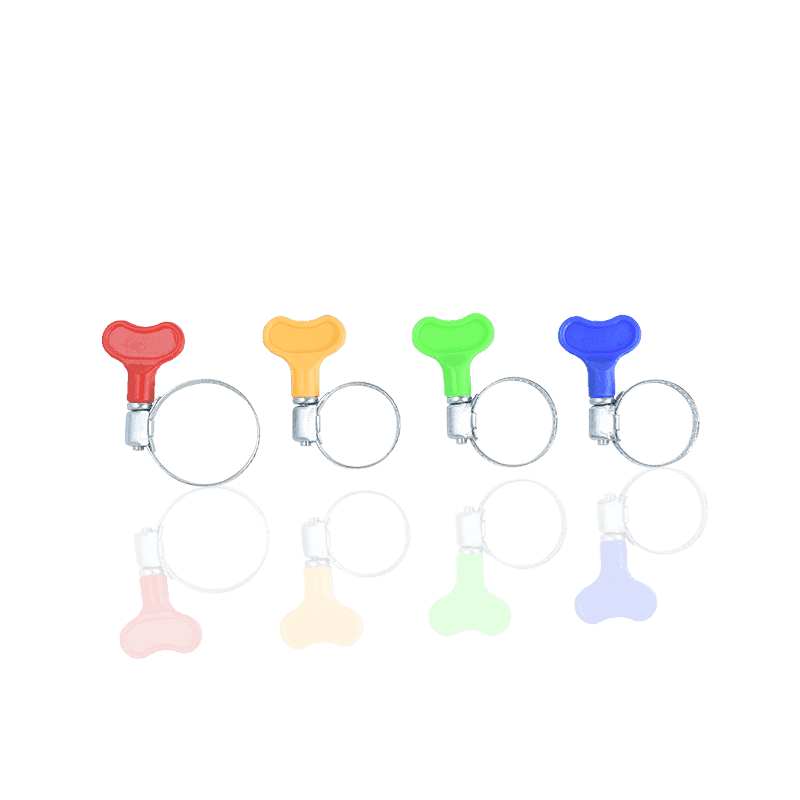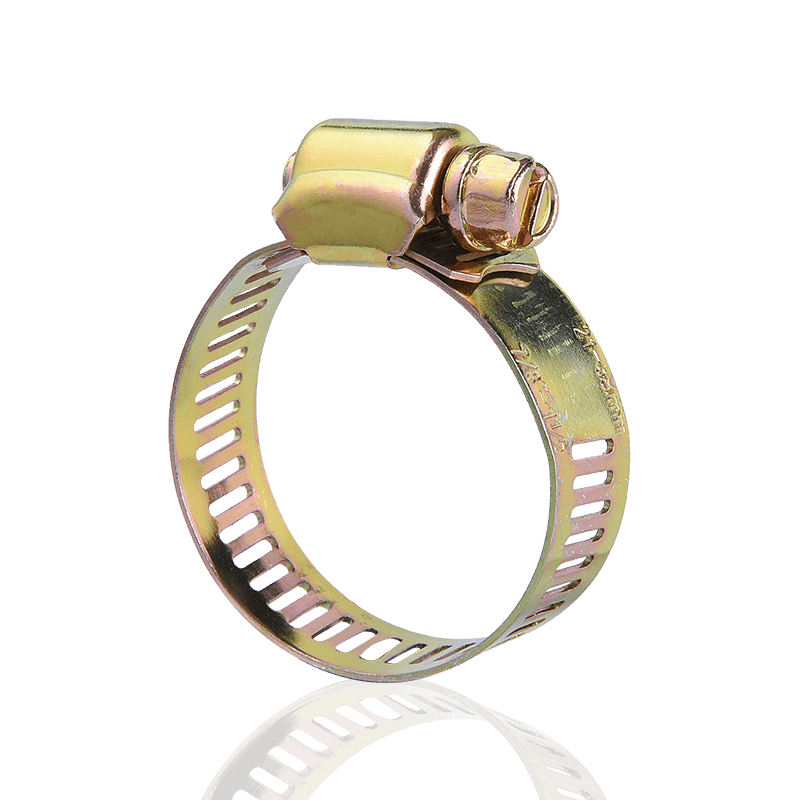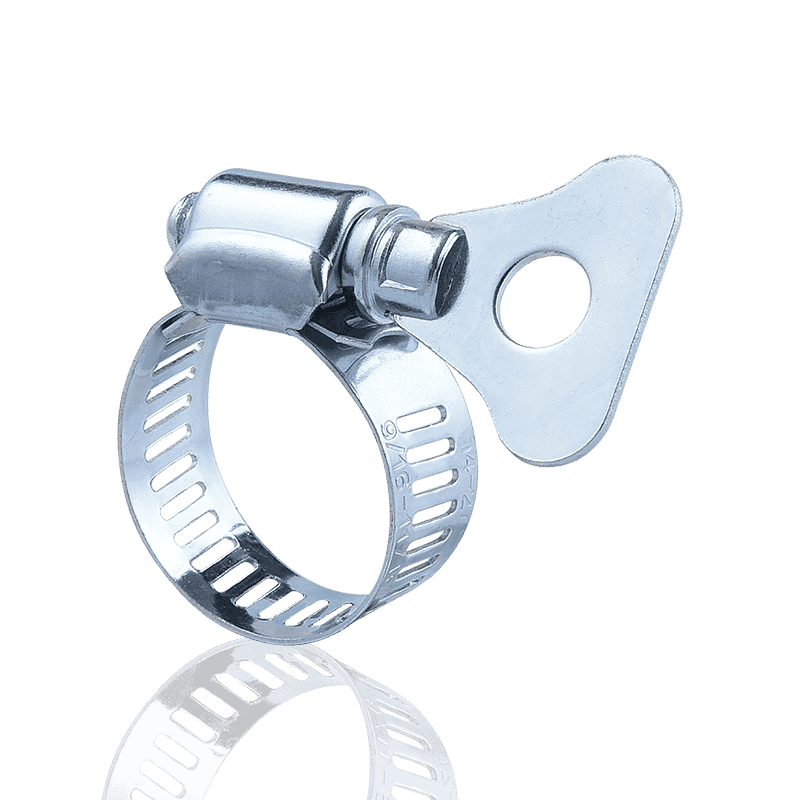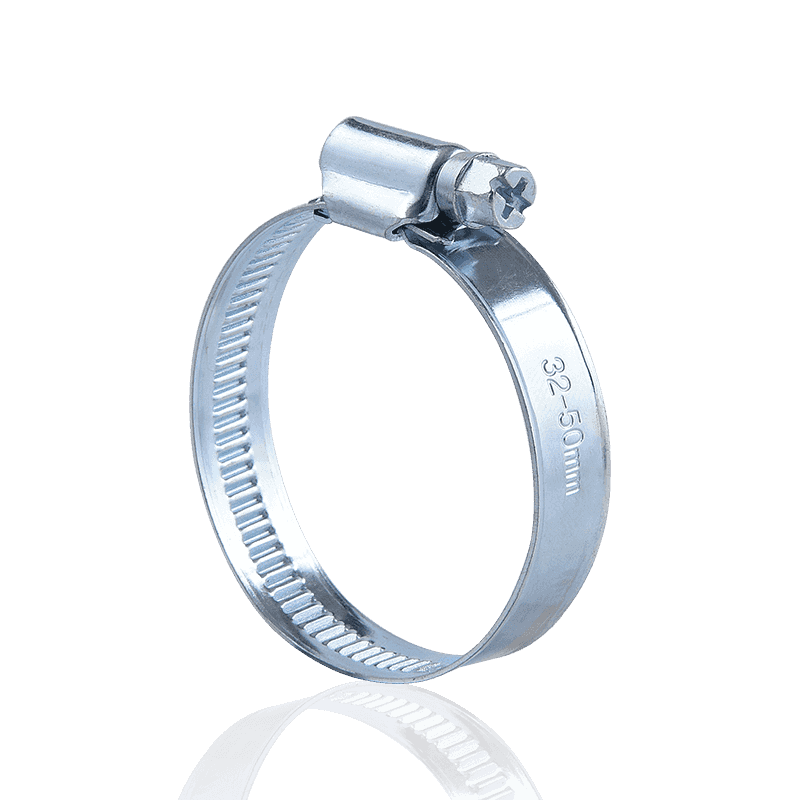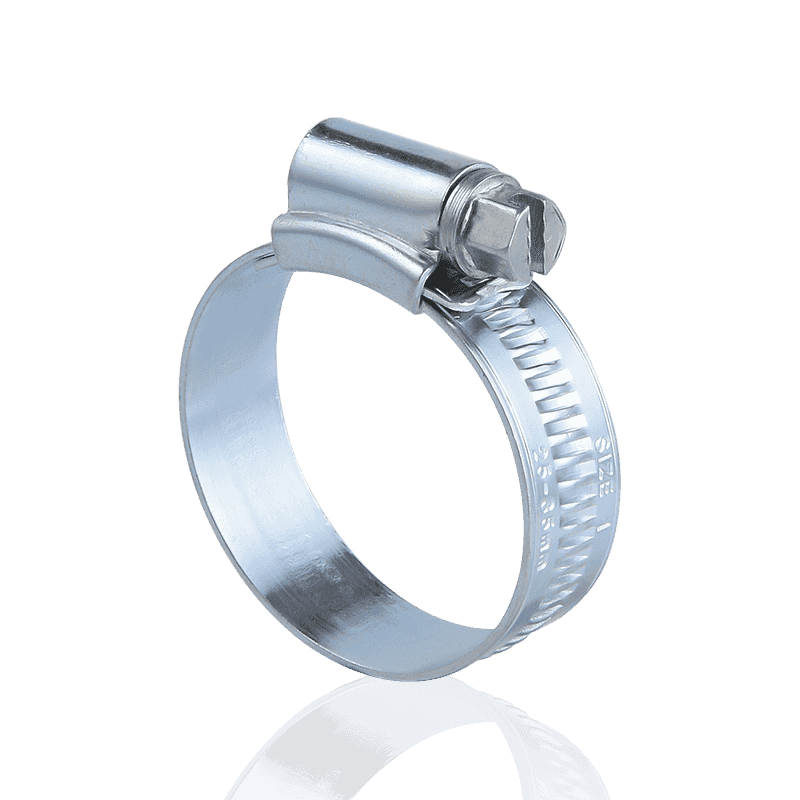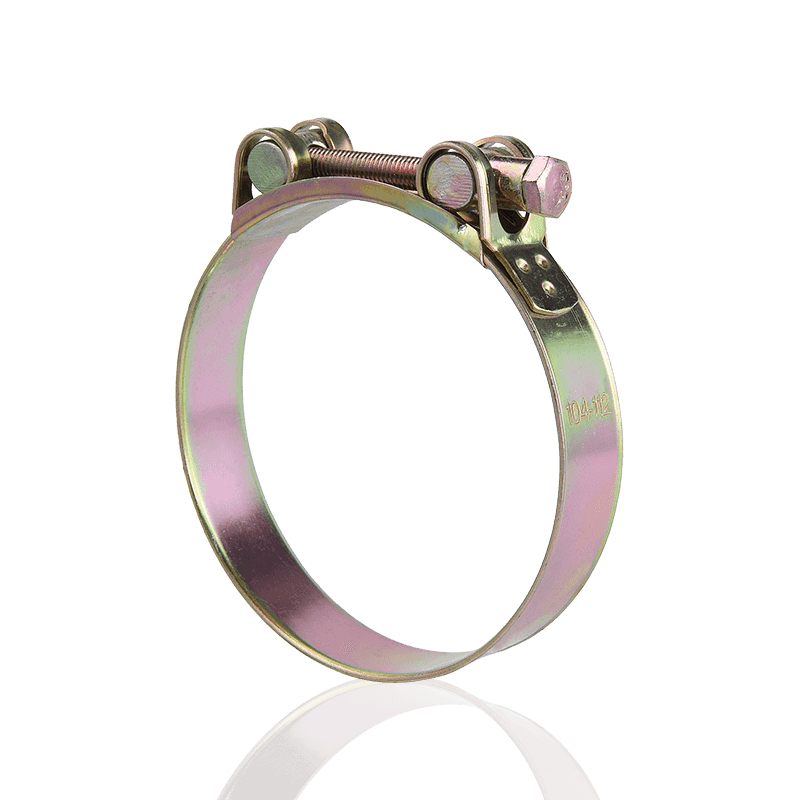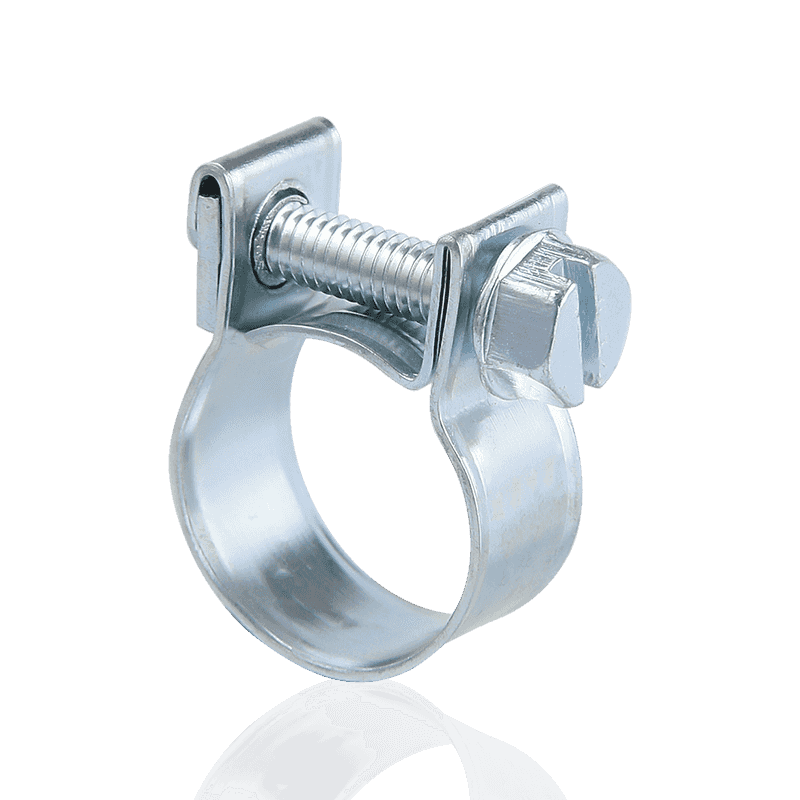How to Use a Hose Clamp?
 2025.08.22
2025.08.22
 Industry News
Industry News
What is a hose clamp?
A hose clamp, also commonly known as a hose clamp or pipe clamp, is a ring-shaped metal or plastic fastener. One end opens to fit over a hose or pipe, while the other end has a screw or clip for tightening and locking. Depending on the application, there are various types of hose clamps, such as:
- Worm Drive Hose Clamp: This is the most common type. It tightens the strap by turning a screw, making it easy to use and providing strong holding power.
- Wire Hose Clamp: Typically made of one or two steel wires, it has a simple structure and is primarily used for low-pressure or low-medium-pressure applications.
- Spring hose clamps rely on the elasticity of a spring to provide a constant tightening force. They are particularly suitable for environments with large temperature fluctuations because they automatically adjust as the hose expands and contracts.
- Quick-release hose clamps feature a quick-release latch for quick installation and removal.
Choosing the right type of hose clamp is the first step to ensuring its effectiveness. This depends on the tube diameter, material, fluid pressure, and operating environment. For example, for oil lines in a car's engine compartment, a stainless steel hose clamp that is heat-resistant and corrosion-resistant is recommended.
How to Use a Hose Clamp Properly?
Learning how to properly install a hose clamp is crucial. Here are some general steps:
1. Preparation
First, make sure you have the appropriate hose clamp and tools. Measure the outer diameter of the hose or pipe to be clamped and select a hose clamp within the appropriate size range. A clamp that is too large or too small will not provide an effective seal. A screwdriver is a common tool, but a wrench may be required for bolt-on hose clamps.
2. Applying the Hose Clamp
Fully loosen the hose clamp and apply it to the hose. Ensure the clamp is positioned at the connection point to be tightened, usually the end of the hose, close to the connector. The position of the hose clamp is critical; it should not be too far off or too close to the end, as this can result in a poor seal.
3. Tighten the Hose Clamp
Use a screwdriver or wrench to slowly tighten the screws on the hose clamp. Apply even pressure until the clamp is firmly against the outside of the hose. Do not overtighten, as this may damage the hose, causing it to deform or crack, thereby compromising the seal. The ideal tightening position is when the hose is securely held by the clamp but without noticeable deformation. If the hose is transparent, you should be able to see that the fluid inside is not leaking and there are no bubbles.
4. Inspection and Testing
After tightening, perform a simple pull test to see if the hose is loose. If possible, perform a pressure test to check for leaks at the connection. If leaks are detected, try tightening it a little further or reinstalling the hose clamp. If the problem persists, you may need to check the fit of the hose and connector or consider replacing the hose clamp.
Hose Clamp Maintenance and Precautions
Although hose clamps are compact, regular inspection and maintenance are still essential.
- Regular Inspection: For equipment used for extended periods, hose clamps should be regularly inspected for looseness, rust, or wear.
- Preventing Excessive Corrosion: In environments with moisture or corrosive gases, stainless steel hose clamps are a better choice to extend their lifespan.
- Proper Storage: Hose clamps should be stored in a dry, well-ventilated area when not in use to avoid moisture and rust.
Hose clamps are critical components for ensuring secure connections for fluids or gas lines. Understanding the types of hose clamps and mastering proper installation and maintenance methods will not only help you perform routine maintenance with ease, but also effectively prevent potential leaks and safety hazards.


